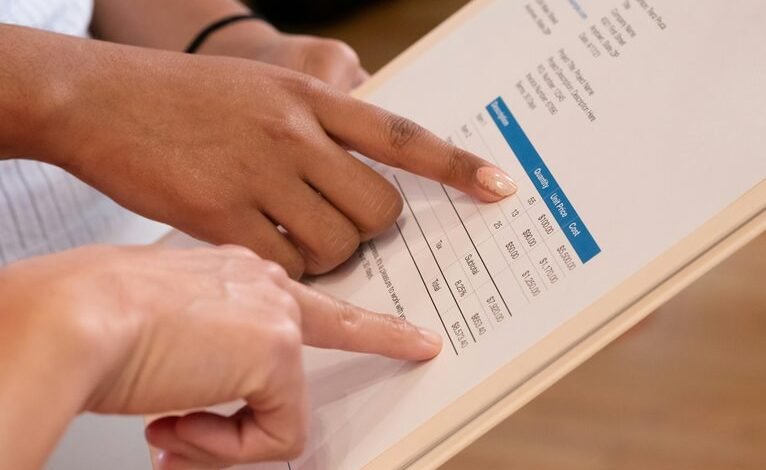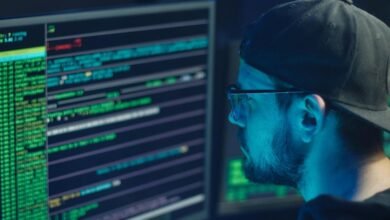Cross-Check Number Information 3891341804, 3272055284, 3201949241, 3314692825, 3895179132, 3201571108

The verification of numerical data, such as the figures 3891341804, 3272055284, 3201949241, 3314692825, 3895179132, and 3201571108, is critical for ensuring accuracy. Discrepancies can lead to significant consequences in decision-making. Employing systematic verification techniques can uncover inconsistencies. However, the methods and tools available for such validations raise important questions about reliability and trust. What approaches yield the most credible results?
Understanding the Importance of Number Verification
Although numbers are often perceived as objective and indisputable, the necessity of verifying their accuracy cannot be overstated.
Ensuring data integrity requires rigorous verification methods that confirm the authenticity of numerical information.
In a world where decisions hinge on data accuracy, the importance of verification becomes paramount.
Without it, the risks of misinformation and misinterpretation can undermine trust and hinder individual freedom.
Techniques for Cross-Checking Numerical Data
Verifying numerical data demands the application of systematic techniques that facilitate accuracy and reliability.
Employing data validation techniques such as consistency checks and cross-referencing with authoritative sources enhances trust in figures. Additionally, numerical accuracy methods like statistical analysis and error detection algorithms play a crucial role in identifying discrepancies.
Together, these approaches ensure that numerical data remains credible, fostering informed decision-making.
Case Studies of the Provided Numbers
When analyzing numerical data, the examination of case studies provides valuable insights into the application and reliability of the figures presented.
The case studies analysis reveals patterns and discrepancies within the provided numbers, enhancing understanding of their context.
Such evaluations are essential for assessing numerical data reliability, ensuring informed decision-making and fostering a culture of transparency and accountability in data interpretation.
Tools and Resources for Validating Information
Given the increasing prevalence of misinformation, utilizing appropriate tools and resources for validating information has become essential for researchers and analysts.
Data validation requires access to reliable resource tools that can authenticate claims and verify sources. Platforms such as fact-checking websites, databases, and analytical software empower individuals to critically assess the accuracy of information, fostering a culture of informed decision-making and promoting intellectual freedom.
Conclusion
In the vast realm of numerical data, each figure stands like a solitary star in the night sky, demanding scrutiny to illuminate the truth. The diligent process of cross-checking, akin to a skilled navigator charting a course through uncharted waters, reveals the hidden discrepancies that could otherwise lead to misinformed decisions. By employing robust verification techniques and trusted resources, one can ensure that the constellation of numbers remains bright and reliable, guiding informed choices with clarity and confidence.




